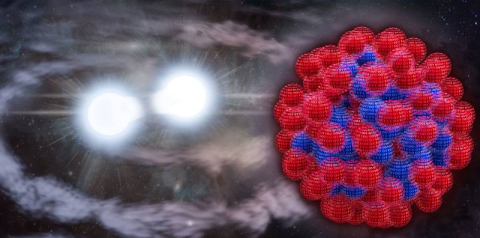
Powerful statistical tools, simulations, and supercomputers explore a billion different nuclear forces and predict properties of the very-heavy lead-208 nucleus.

In conflict with a long-held explanation of cadmium isotope motion, a new experiment found that cadmium-106 may rotate instead of vibrate.
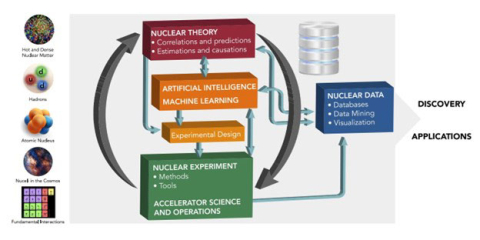
As machine learning tools gain momentum, a review of machine learning projects reveals these tools are already in use throughout nuclear physics.
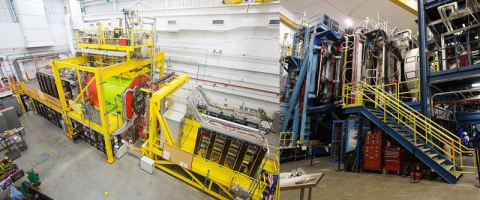
Nuclear physicists test whether next generation artificial intelligence and machine learning tools can process experimental data in real time.
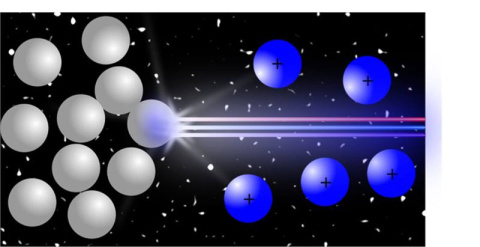
New results could significantly improve resonance ionization mass spectrometry ultra-trace analysis of plutonium isotopes.
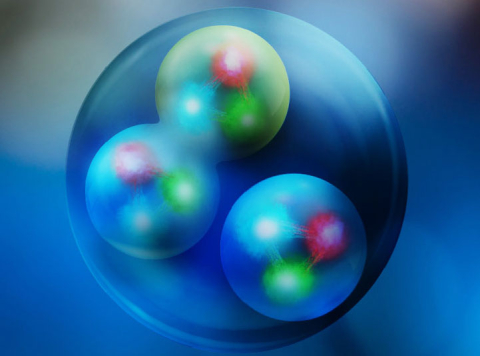
Particles choose partners for short-range correlations differently when farther apart in light nuclei versus when packed closer together in heavy nuclei.

The results of parity-violating electron scattering experiments PREX and CREX suggest a disagreement with global nuclear models.
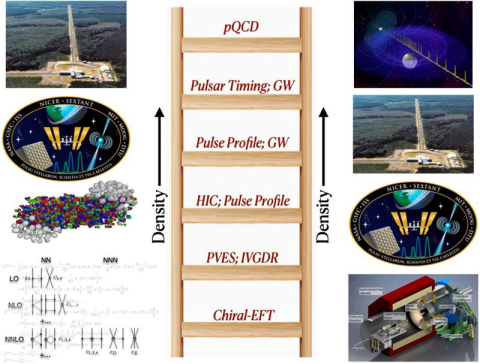
A theoretical analysis of recent findings in neutron star research suggests the possibility of a phase transition in these stars’ interiors.

New measurements show the proton’s electromagnetic structure deviates from theoretical predictions.

Deblurring, practiced in optics, can reveal three-dimensional features of nuclear collisions.

